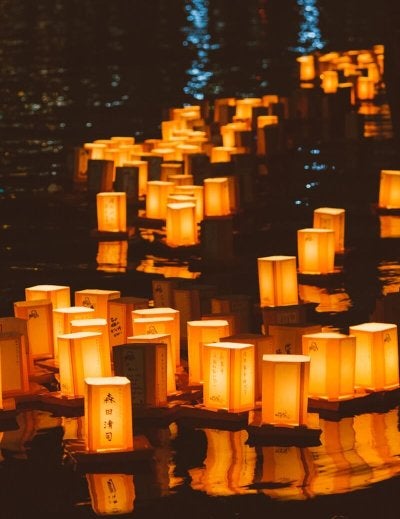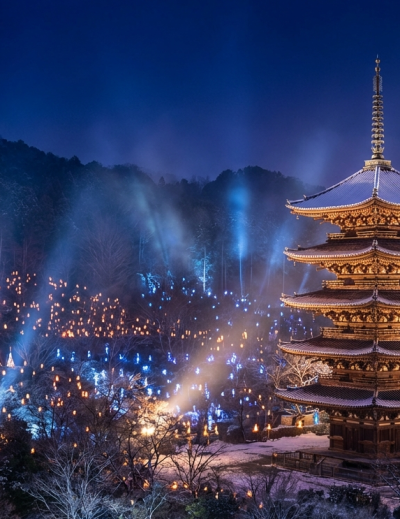
Momijigari: Japan’s Tradition of Autumn Leaf Viewing Explained
Every autumn, Japan is transformed by the brilliant reds and golds of its maple trees. The tradition of admiring these colours, known as momijigari, is one of the country’s most beloved seasonal customs. Literally meaning “maple leaf hunting,” momijigari dates back centuries and continues to shape the rhythm of Japanese life each November.
The Cultural Meaning of Momijigari
The word momiji refers to the red maple leaves that symbolise autumn, while gari means hunting or searching. The practice emerged during the Heian period, when aristocrats would visit scenic landscapes to appreciate the beauty of the changing leaves, compose poetry and share meals outdoors. Today, the custom has spread nationwide and remains as popular as cherry blossom viewing in spring.
For the Japanese, momijigari represents not only aesthetic appreciation but also reflection. It embodies the idea of mono no aware, an awareness of the fleeting nature of beauty. The colours of the leaves are admired precisely because they are temporary, reminding viewers to find grace in change.
When and Where to Experience It
November is the best time to experience momijigari, when the leaves reach their peak across much of Japan. The progression of colour follows a north-to-south pattern, starting in Hokkaido in late October and spreading to Kyoto, Tokyo and Kyushu by mid to late November.
Popular spots include Kyoto’s temples such as Eikando and Tofuku-ji, Tokyo’s Rikugien Garden, and Mount Takao just outside the capital. Around Osaka, the Minoh Falls area is known for its forest trails and the local delicacy momiji tempura, maple leaves deep-fried in a light batter. For the perfect postcard scene, Lake Kawaguchiko near Mount Fuji offers reflections of the snow-capped mountain framed by fiery red leaves.
The Spirit of the Season
Wherever travellers go, momijigari invites them to slow down and connect with nature. It symbolises Japan’s appreciation for impermanence, a theme echoed in art, literature and daily life. Observing the changing leaves in November is not simply sightseeing—it is participation in a centuries-old expression of mindfulness and beauty.



